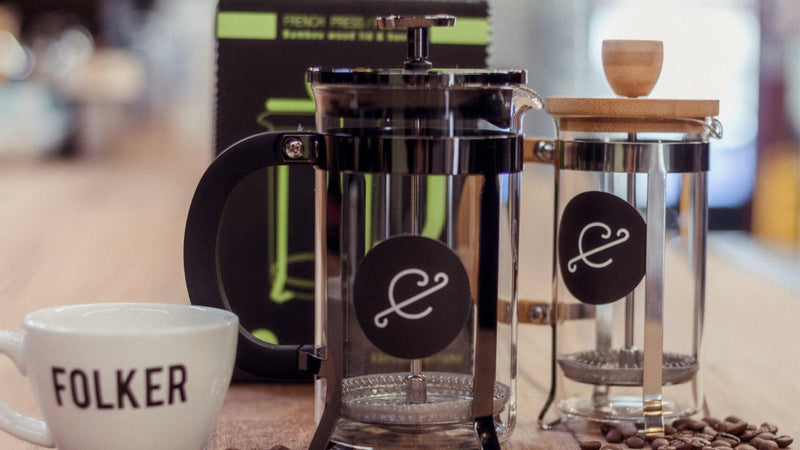At Commonfolk we value longterm and mutually beneficial relationships with our producers and farmers.
It is through these relationships that we source the majority of our coffee program. We try to ensure that our producers and farmers receive an above market rate for their coffee, we aim to purchase their entire crop [rather than just smaller micro lots], and we request that they make an investment in improving the quality of their coffee every harvest. We call this model of purchasing partnership coffee. In fact last year more than 85% of the coffee we roasted was sourced through these partnerships, with the remaining 15% purchased as spot coffee* from trusted importers.
Buying coffee using our partnership model has its advantages but can also present some challenges.
It is essential to balance both the needs of our business and the needs of our partners when it comes to negotiating a price for their coffees. If the average market price of coffee increases, the cost of production goes up, or foreign exchange weakens, our partners have every right to request a higher rate.
It can also be very expensive for a small business, like Commonfolk, to arrange shipping and import compared to bigger companies. If international logistics experience delays and costs increases, these can have a dramatic impact on the bottom line.
A perfect storm is currently brewing of many of the factors that drive the price of coffee up.

The market price for commodity coffee is set by the C-Market on the NYSE. In December it hit record highs of nearly $2.5USD/lb pushing the price of commodity coffee close to some of the lower priced specialty coffees that we purchase. One of the major reasons for this was the disruption to the Brazilian harvest due to severe frosts], but there are many factors at play.
A weak Aussie dollar has also increased the cost of buying USD to pay our partners, and at origin many of our producers and farmers have also experienced an increase costs in production due to labor shortages and disrupted supply chains because of the pandemic.
Import / export channels are also experiencing these same issues, and the cost of shipping the average container has increased by more than 800% compared to pre-pandemic. A little closer to home there are wide spread staff shortages in nearly every industry but especially hospitality. This is putting [much overdue] upward pressure on local wages and will no doubt have a ripple effect on how much coffee costs.
In light of the current circumstances we expect that in 2022 the price of some of our coffees will increase according to need, and we may even have to purchase smaller amounts of some old favourites. This could lead to a slightly more expensive bag of beans, it could mean that the price of your daily latte goes up, or it might result in a shortage of your favourite single origin.
All in all we know that our customers understand the true cost of a cup of coffee, and will stand by the many hands to help make a Commonfolk coffee amazing, from crop to cup.
*coffee that has already left it’s country of origin and is owned by a third party rather than the original producer or farmer
 Cart
Cart



